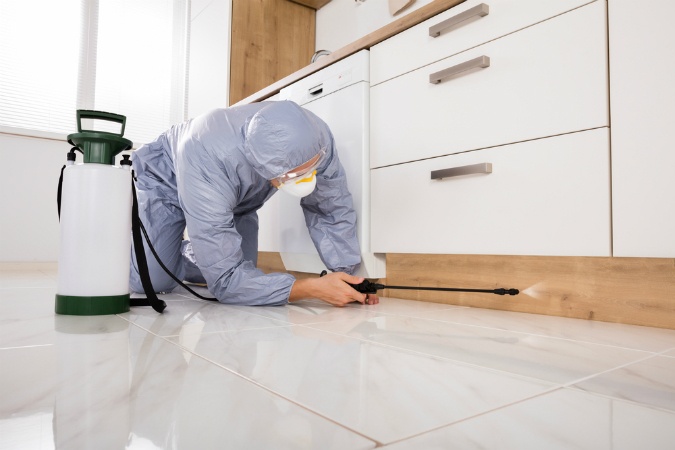The reason we all opt for DIY pest control is because we believe that it will be cheaper than calling in a professional to do the job. This is true at times but it can also be very expensive if you are not careful. How expensive is it to actually do your own pest control, and what if it leaves a dent on your bank account once you are done?
- Treating the symptoms, but not the root cause of the problem
As a DIY-er, you are definitely not an expert in pest control. You will, therefore, most likely deal with the symptoms of the pest infestation and not the source of the infestation. You will apply your pesticides, place traps and baits in a bid to fight the infestation only to catch a few of the pests, but not get rid of the entire problem once and for all. The problem may then disappear for a few weeks, but chances are you will drive the nests of the pests deeper and further into your home, making the infestation harder to treat. Once you call in a professional, it may end up costing you more than if you had called in a professional from the beginning.
- Expensive specialized equipment
As a DIY-er, you could have thoroughly done your research on how to handle a particular pest infestation only to realize that you need specialized equipment to effectively handle an infestation. The cost of purchasing this equipment may literally outweigh the benefits. For example, a sprayer will cost you anything between $15 and $200 and the most effective, professional ones are always on the higher end of the scale. Getting a good quality sprayer will guarantee effectiveness, but definitely cost you more.
- Expensive chemicals
To effectively exterminate invasive pests such as termites, you need hundreds of gallons of liquid pesticides. A gallon of the pesticide may cost as little as $20, but in such an invasion, you need hundreds of gallons of the pesticide whose cost could run into thousands of dollars for effective treatment of the pests. Worse yet, if you spend all this money and do not apply the pesticide correctly, you will have just wasted your money and still get stuck with a pest infestation anyway.
- Protective suit
Many people think that pesticides work in some magical way, yet in reality pesticides are poisons. This is why you should protect yourself accordingly when handling them. One way to do this is by getting a protective suit. A disposable suit will cost you around $20, but a good, professional suit will cost you around $200. Given that you are handling professional-grade poisons, getting a protective suit is not something to skimp on. You need to ensure you are properly protected.
- Safety kit
In addition to the protective suit, you also need protective gear such as a mask, goggles and gloves because if the poisonous pesticides come in contact with your skin and eyes, they could cause irreparable damage. Cheap protective gear will cost you around $20, but a professional kit that comes with a respirator mask goes for around $100.
- Bait gun
To effectively and safely administer the gel, you need a bait gun because you cannot go around pouring the insecticide wherever you see signs of the pests. A bait gun can cost you as little as $20, but an effective one goes for around $150. As you buy the gun, remember that you also need to purchase the gel to go with it.
DIY pest control is a huge investment. Before embarking on such a project, carefully weigh the costs against the benefits of such an undertaking.
Written by BugOut Pest Control & Lawn Care. BugOut Pest Control & Lawn Care offers the best service for pest control in Columbia, MO.

